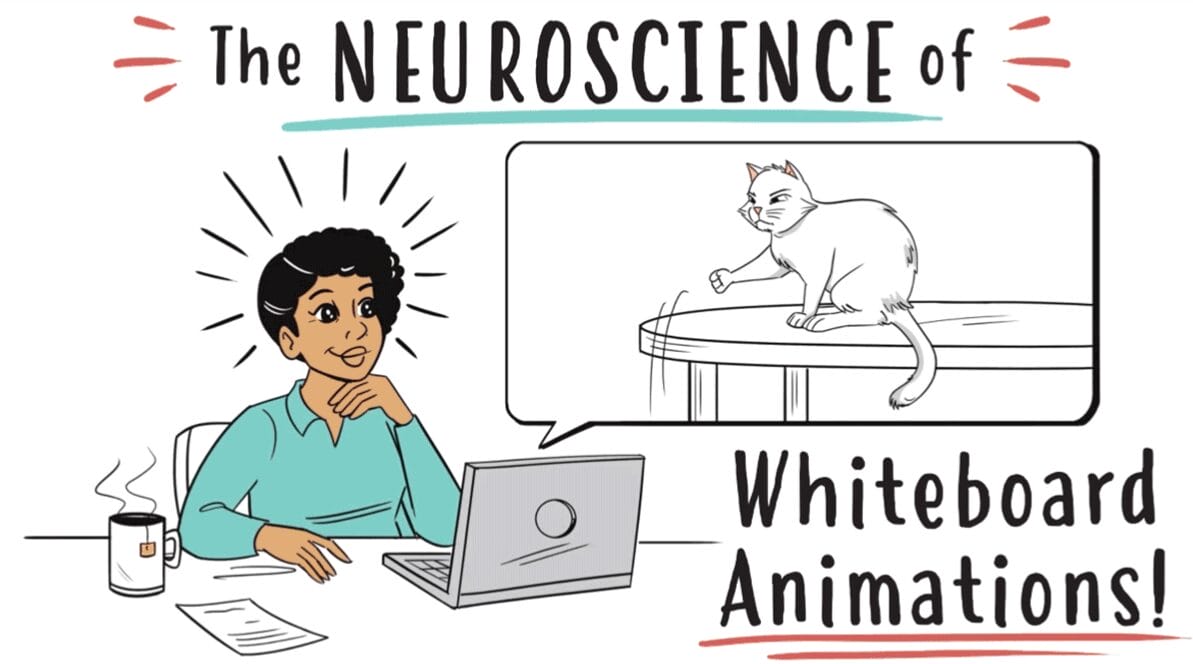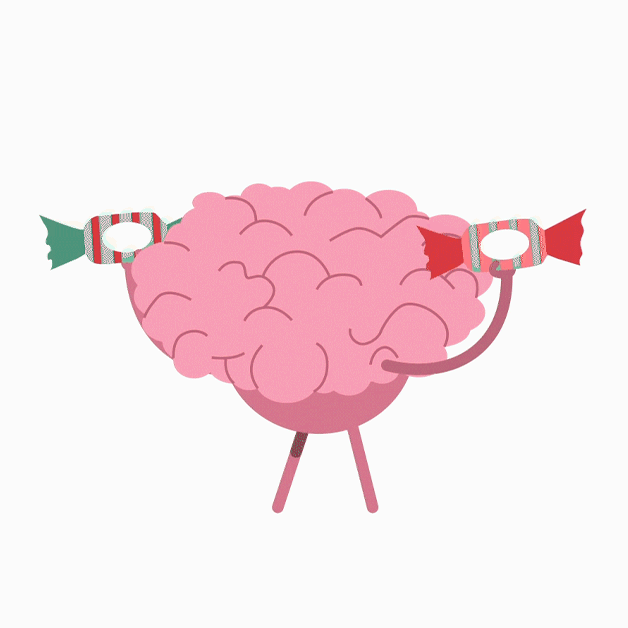
Animation is increasingly seen as an an engaging, effective way to get important messages across. Intelligent leaders are leveraging the power of whiteboard explainers for all kinds of purposes: marketing, e-learning, fundraising, employee training…you name it.
Perhaps you already know that whiteboard animations are addictive and persuasive. But have you ever wondered why?
We decided to explain…with an explainer! Check out this short video for an overview of the Neuroscience of Whiteboard Animations.
Keep reading on for a detailed breakdown of the four neuroscientific components that make whiteboard animation an effective tool for getting your message across.
Mirror Neurons: Secondhand Satisfaction
Do you relate to the feeling of being ‘glued’ to the screen when watching certain videos?
Mirror Neurons fire when you watch someone else do something, and make you feel like you’re doing it yourself. (Like when you watch cooking videos and get hungry.)
In applying this concept to whiteboard animations, scholars have theorized that when you watch someone drawing, your brain reacts as if you, yourself are drawing the image.
This may explain an extra dose of dopamine upon the completion of each image – our brains are experiencing satisfaction as if we, ourselves, have completed an illustration. This could also account for the audience’s desire to continue watching, or the feeling of being glued to the screen.
Dopamine: Mental Candy
Dopamine is a neurotransmitter responsible for our cravings, motivation and even bliss. It helps those neurons scoot along while regulating our brain’s experience of enjoyment.
Watching images appear on screen is pleasurable for the viewer. A jolt of dopamine gives viewers the drive to make a plan based on what they’re learning AND follow through with the call to action at the end of the video.

Neuroplasticity: Brains Change
Neuroplasticity is the brain’s ability to actually create new neural connections. When new concepts are introduced, they can physically rewire the brain!
We’ve seen plenty of success stories where clients leveraged the power of video to teach a concept.
Check out this playlist to see examples whiteboard animations for teaching, including concepts like how a loan works or how to properly respond to big emotions from children with care.
When an animation pairs new information with existing concepts that are already understood, we can build upon neural networks already in place… but also develop new pathways, helping viewers quickly draw conclusions.
In other words, whiteboard animations are good at helping viewers learn new things.
Oxytocin: the Love Hormone
This neurochemical is responsible for empathy, compassion, bonding, trust-development and attraction.
Engaging storylines, especially those with an emotional component, cue the audience’s brains to release oxytocin- increasing the individual viewer’s trust and connection to your message.
Pretty cool stuff, right? And the best news is that creating an awesome whiteboard animation isn’t brain surgery.
At Next Day Animations, we work with you to make it as easy (and dare we say enjoyable) as possible to go from idea… to brain candy. You know where to find us.



One Comment